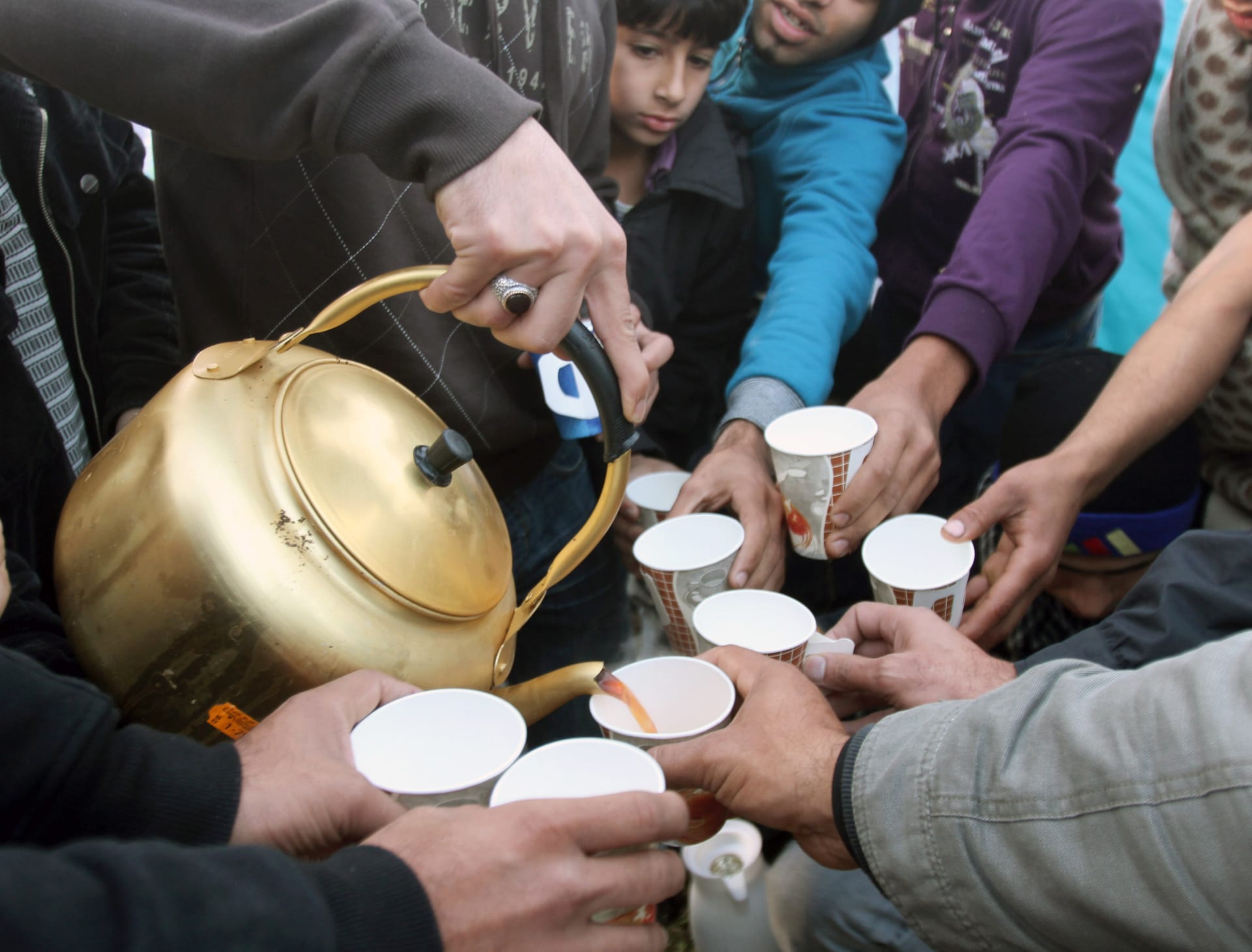دبي، الإمارات العربية المتحدة (CNN) -- يفضل الكثيرون بدء يومهم بتناول الشاي في الصباح الباكر. ولكن أظهرت دراسة حديثة أن أولئك الذين يشربونه حاراً جداً، يتعرضون لخطر الإصابة بسرطان المريء.
ووجد الباحثون أن هؤلاء الذين يشربون الشاي المغلي بحرارة تزيد عن 60 درجة مئوية، ويستهلكون أكثر من 700 ملليلتر من الشاي يومياً، أي حوالي كوبين كبيرين، يتعرضون لخطر الإصابة بسرطان المريء بنسبة 90٪ أعلى، بالمقارنة مع أولئك الذين يشربون كميات أقل من الشاي، بدرجة حرارة أقل.
ونتيجة لدراسة شملت أكثر من 50 ألف شخص في غلستان، وهي مقاطعة في شمال شرق إيران، يقول مؤلف الدراسة الرئيسي في جمعية السرطان الأمريكية فرهاد إسلامي إن "الكثير من الناس يستمتعون بشرب الشاي، أو القهوة، أو المشروبات الساخنة الأخرى. ومع ذلك، ووفقاً للتقرير، فإن شرب الشاي الساخن جداً، يمكن أن يزيد من خطر الإصابة بسرطان المريء، وبالتالي يُنصح بالانتظار حتى تبرد هذه المشروبات قبل تناولها".
وأشارت الأبحاث السابقة إلى صلة بين تناول الشاي الساخن وسرطان المريء. لكن هذه الدراسة، التي نشرت في المجلة الدولية للسرطان، كانت أول من حدد درجة حرارة معينة، وفقاً للمؤلفين.
ويُعد سرطان المريء ثامن أكثر أنواع السرطان شيوعاً في العالم، وغالباً ما يكون قاتلاً، حيث يتسبب في وفاة حوالي 400 ألف شخص سنوياً، وفقاً للوكالة الدولية لأبحاث السرطان. وعادة ما يصاب به الفرد بسبب التدخين، والكحول، وربما السوائل الساخنة.
ومن المتوقع، أن يتم تشخيص 13750 حالة جديدة من سرطان المريء بين الرجال و3900 حالة جديدة بين النساء في الولايات المتحدة في عام 2019، بحسب جمعية السرطان الأمريكية.
ووفقاً للدراسة، هناك حاجة إلى المزيد من الأبحاث حول سبب ارتباط شرب الشاي الساخن بالتحديد بزيادة خطر الإصابة بسرطان المريء.
وفي هذا الخصوص، يُوضح ستيفن إيفانس، أستاذ علم الوبائيات في كلية لندن للصحة والطب الاستوائي، أن الحرارة هي التي تسبب المشكلة، وليس نوع المشروبات.
وفي الولايات المتحدة وأوروبا، نادراً ما يستهلك الشاي عند درجات حرارة تزيد عن 65 درجة مئوية، ولكن في بعض الأماكن مثل روسيا، وإيران، وتركيا، وأمريكا الجنوبية، فإن شرب الشاي الحار جداً، بمثابة أمر اعتيادي.
وقال جيمس دويدج، كبير الباحثين في كلية لندن الجامعية، إن المشروبات الساخنة كانت إحدى العوامل الخطرة الأساسية المسببة لسرطان المريء.
وأضاف دويدج: "لا يتطلب الأمر وجود عالِم ليدرك أن التهيج المتكرر لأي سطح من الجسم يزيد من خطر الإصابة بالسرطان. فحروق الشمس تؤدي إلى سرطان الجلد، والتدخين يسبب سرطان الرئة، والعديد من الأطعمة والمشروبات تساهم في خطر الإصابة بسرطانات الجهاز الهضمي."
